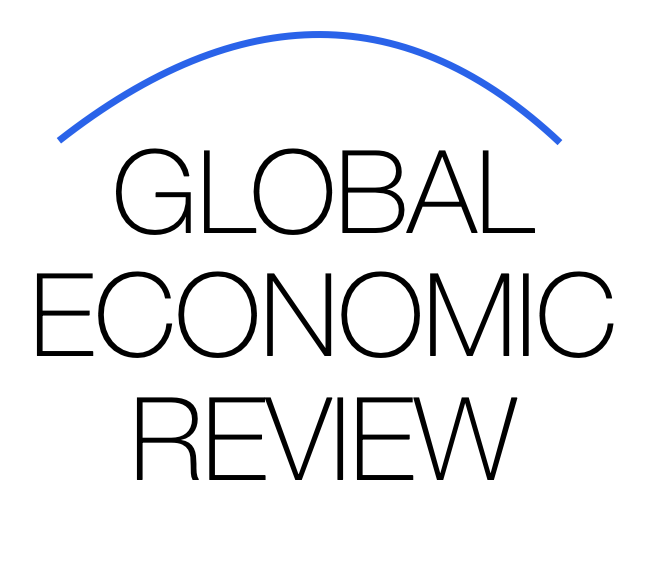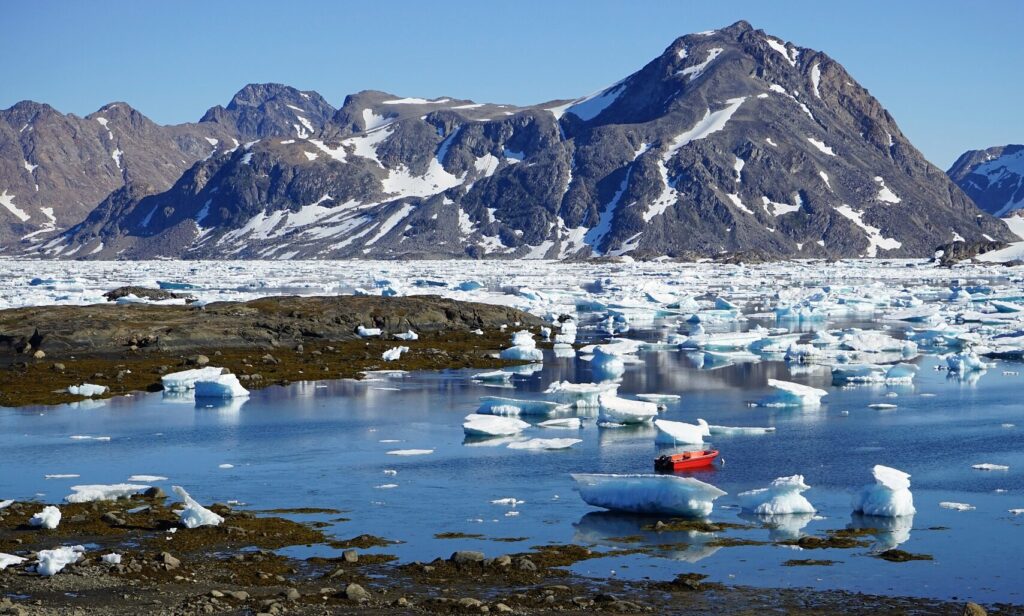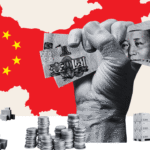Why Greenland Prioritizes Environment Over Mining Superpower Ambitions
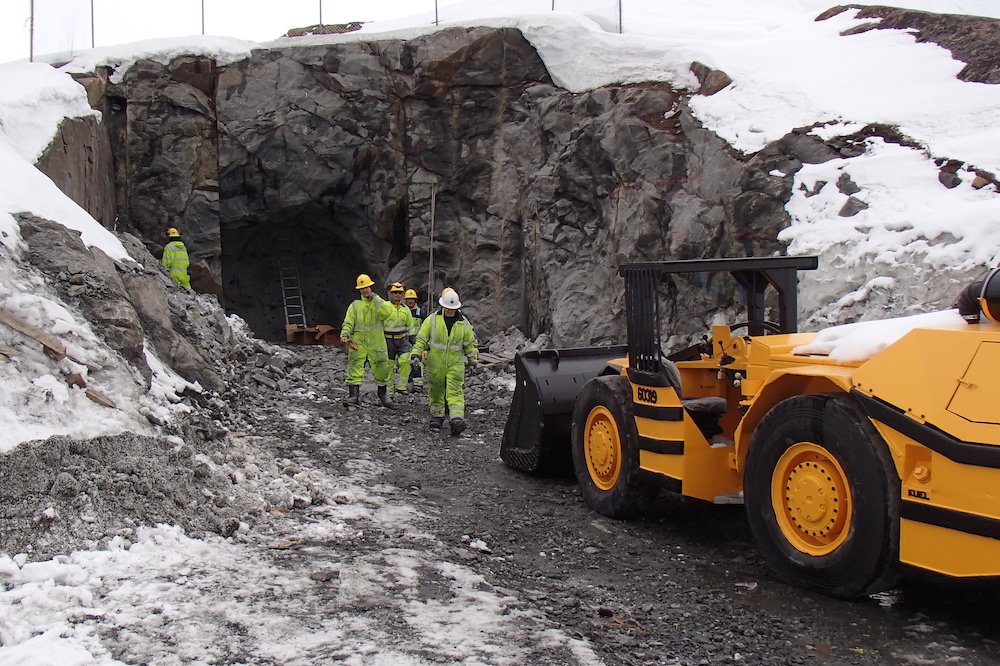
Despite sitting atop vast reserves of rare earth elements, uranium, zinc, and other critical minerals, Greenland is choosing caution over ambition. While its natural resources have drawn attention from global mining companies and major economies looking to diversify supply chains, the autonomous Danish territory has shown little interest in pursuing large-scale mining at the pace or scale that some had expected.
The reason? A complex mix of environmental concerns, political calculations, indigenous rights, and a vision for long-term sustainability over short-term gains.
Rich in Resources, Careful with Extraction
Greenland’s geology makes it one of the most mineral-rich regions in the world, especially in high-demand resources like rare earths—essential for electric vehicles, wind turbines, and defense technologies. Its potential has attracted the attention of China, the United States, and Europe, each eager to secure access to these materials in light of geopolitical tensions and supply chain vulnerabilities.
However, the Greenlandic government has been clear in its stance: resource wealth must not come at the expense of the environment or social cohesion.
Environmental Protection Over Profit
In 2021, Greenland’s newly elected government banned uranium mining, effectively shutting down the massive Kvanefjeld project, which had been backed by an Australian company and heavily invested in by China. The deposit, one of the largest in the world for rare earths, also contains significant uranium—sparking widespread public opposition due to environmental and health risks.
This landmark decision reflected a broader sentiment among Greenlanders: that environmental protection and traditional ways of life—such as fishing and hunting—take precedence over becoming a mining hub.
Indigenous Rights and Local Opposition
Greenland is home to a majority Inuit population, many of whom live in small communities closely connected to the land and sea. Proposed mining projects often face resistance from local groups, who are concerned about pollution, ecosystem disruption, and loss of cultural heritage.
Public consultation and indigenous rights are not just legal formalities—they are deeply embedded in Greenland’s political fabric. As a result, mining companies must navigate not only regulatory hurdles but also strong social and political scrutiny.
Economic Autonomy, But Not at Any Cost
Greenland’s long-term goal is to become increasingly self-reliant and eventually independent from Denmark. While mining could play a role in strengthening the local economy, the government appears to be pursuing economic diversification rather than reliance on volatile commodities.
Tourism, sustainable fishing, and scientific research are all seen as more stable, less intrusive paths toward autonomy. Leaders in Nuuk have emphasized the importance of “green development” over rapid industrialization.
Global Pressure, Local Priorities
As nations scramble to secure rare earths and critical minerals amid trade tensions and energy transitions, pressure on Greenland will likely intensify. But so far, the island has shown it will not be swayed easily by foreign interest or geopolitical competition.
Instead of becoming a mining superpower overnight, Greenland is choosing a measured, values-driven approach, prioritizing environmental integrity, community well-being, and long-term sustainability.
Conclusion
Greenland’s restraint stands as a reminder that not all resource-rich nations are racing to cash in on their underground wealth. By balancing ambition with responsibility, the country is charting its own course—one that may limit short-term profits but preserve its land, culture, and future sovereignty in the long run.
